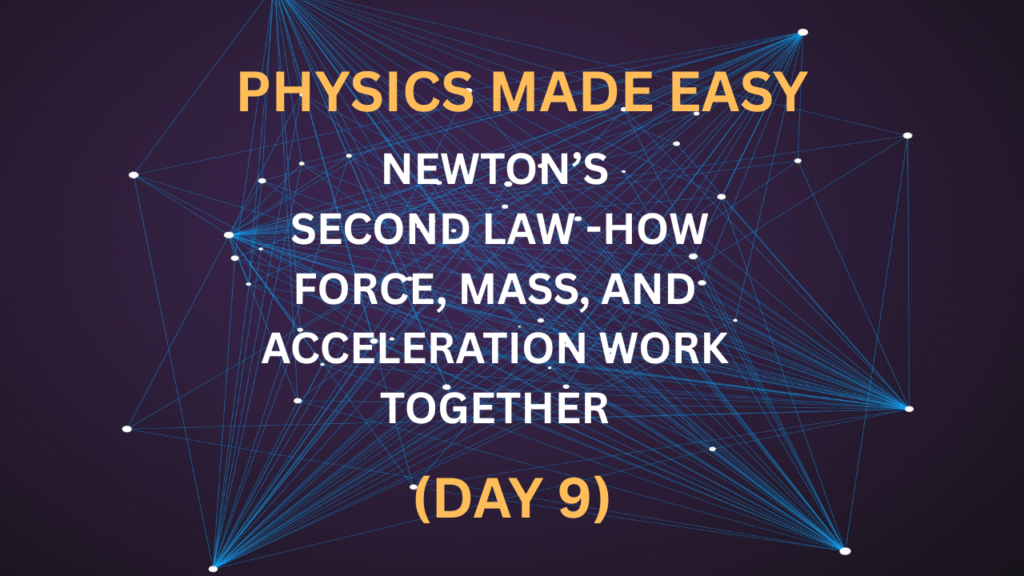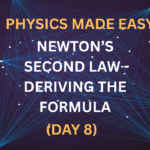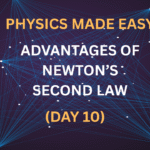The Core Relationship
Newton’s Second Law is all about one simple and powerful formula:
F=m×a
This formula tells us that force, mass, and acceleration are intricately connected. If you know any two of these quantities, you can always find the third! This article, part of our Physics Made Easy series, dives into the force mass acceleration relationship, building on our previous discussions about Newton’s Second Law of Motion Explained, its real-life examples, and deriving the formula.
Understanding the Force Mass Acceleration Relationship in Detail
Let’s break down how Force (F), Mass (m), and Acceleration (a) influence each other, considering one variable constant at a time.
1. Force and Acceleration (Mass is Constant)
When the mass of an object stays the same, its acceleration is directly proportional to the net force applied.
- Applying more force means more acceleration.
- Applying less force means less acceleration.
Example: Imagine pushing a shopping cart.
- A light push (less force) = it slowly rolls (less acceleration).
- A strong push (more force) = it speeds up quickly (more acceleration).
2. Mass and Acceleration (Force is Constant)
When you apply the same amount of force to different objects, their masses dictate their acceleration. A heavier object will have less acceleration than a lighter one.
- A heavier object will accelerate less.
- A lighter object will accelerate more.
Example: Pushing two carts with the same strength:
- An empty cart = light mass, so it speeds up faster (more acceleration).
- A loaded cart = heavy mass, so it’s much slower to speed up (less acceleration).
3. Force and Mass (Acceleration is Constant)
If you want to achieve the same acceleration for different objects, the force required will depend directly on their mass.
- A heavier object will require more force.
- A lighter object will require less force.
Example: Pulling a child on a scooter vs. pulling an adult:
- The child is light, so little force is needed to get them moving at a certain speed.
- The adult is heavy — you must pull much harder (apply more force) to match the same acceleration.
Table of Relationships: Summarizing the Force Mass Acceleration Relationship
This table summarizes the core force mass acceleration relationship outlined by Newton’s Second Law:
| Scenario | Effect on Acceleration |
| ↑ Force, Mass constant | ↑ Acceleration (Directly Proportional) |
| ↓ Force, Mass constant | ↓ Acceleration (Directly Proportional) |
| ↑ Mass, Force constant | ↓ Acceleration (Inversely Proportional) |
| ↓ Mass, Force constant | ↑ Acceleration (Inversely Proportional) |
| ↑ Mass & ↑ Force (equally) | ↔ Acceleration stays the same |
For an interactive experience to visualize these relationships, check out the PhET Force and Motion Basics simulation.
Real-Life Examples
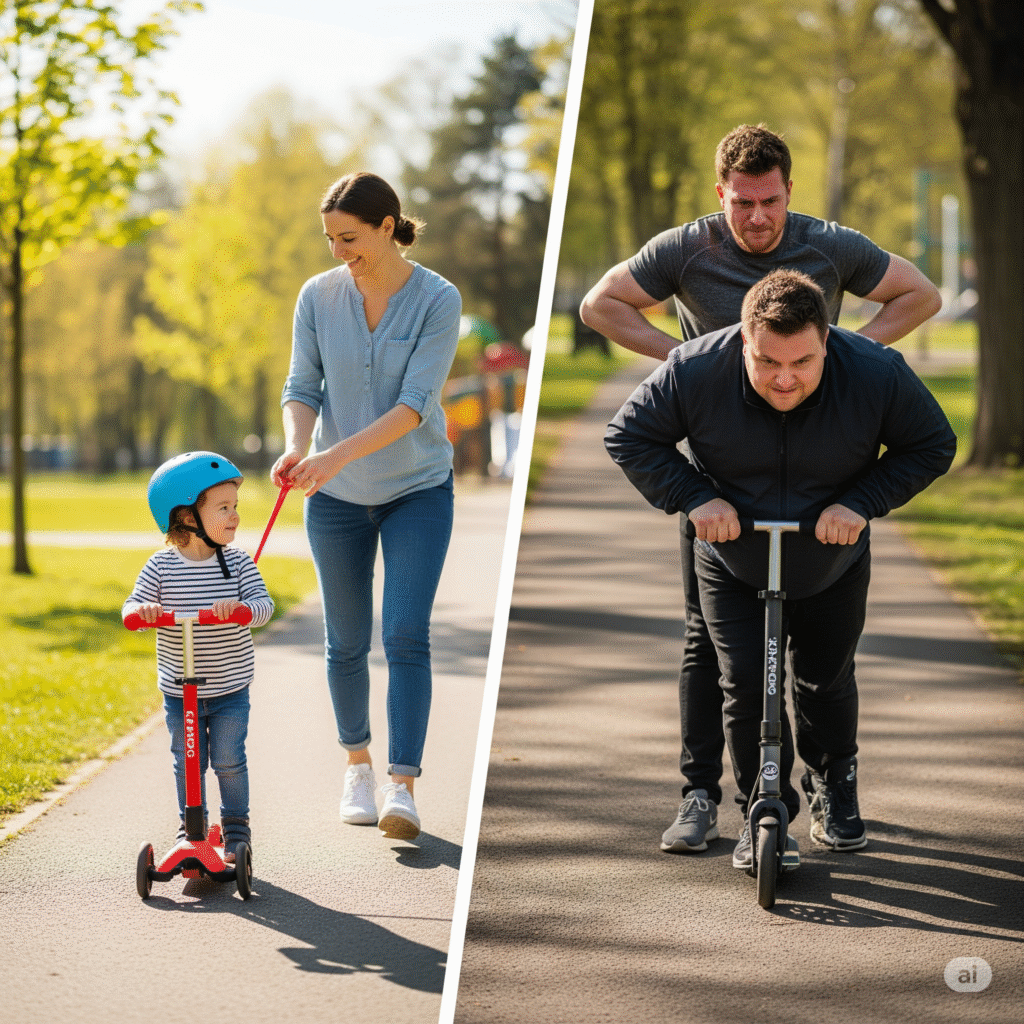

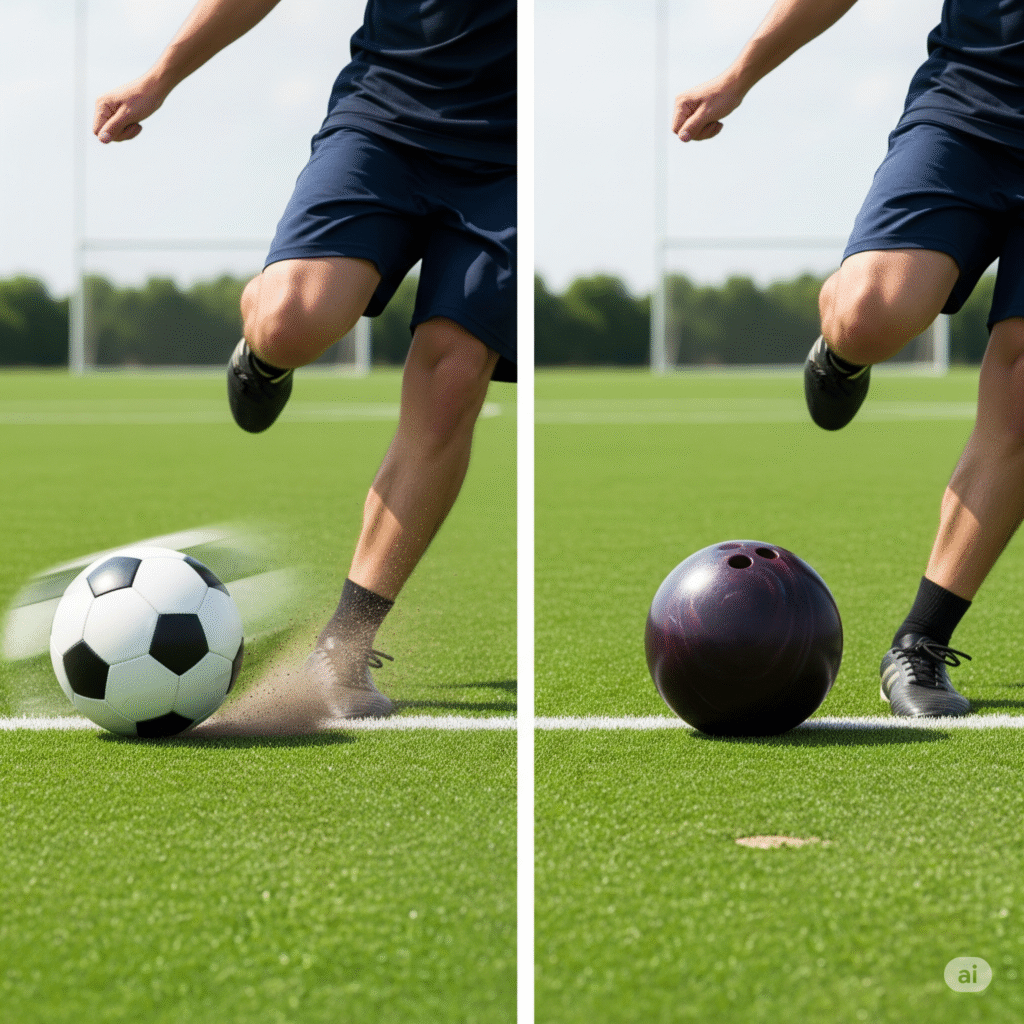
The force mass acceleration relationship is constantly at play:
- ✅ Kicking a Football vs. a Bowling Ball: Using the same kick (applying similar force): The football flies away because it’s light (small mass, so high acceleration). The bowling ball hardly moves — its much greater mass resists acceleration (↑, ↓).
- ✅ Two People Riding Bicycles: If both pedal with the same strength (apply similar force): The lighter person speeds up faster (less mass, more acceleration). The heavier person accelerates slower (more mass, less acceleration).
- ✅ Driving a Car with Passengers vs. Alone: More passengers mean more total mass in the car. The car will feel sluggish (lower acceleration) unless the engine provides more force to compensate for the increased mass.
Summary
Newton’s Second Law — F=ma — shows the beautiful balance and force mass acceleration relationship. Whether you’re riding a bike, pushing a cart, or kicking a ball, this fundamental relationship is working in the background every time you observe motion change. Understanding how force, mass, and acceleration interact is key to comprehending the dynamics of the physical world.
Ready to Explore More?
Have you noticed this force mass acceleration relationship in action today? Share your favorite real-life examples in the comments — we’d love to hear your observations! And don’t forget to check out our next article on Newton’s Third Law, where action meets reaction!
Stay curious. Stay scientific.

